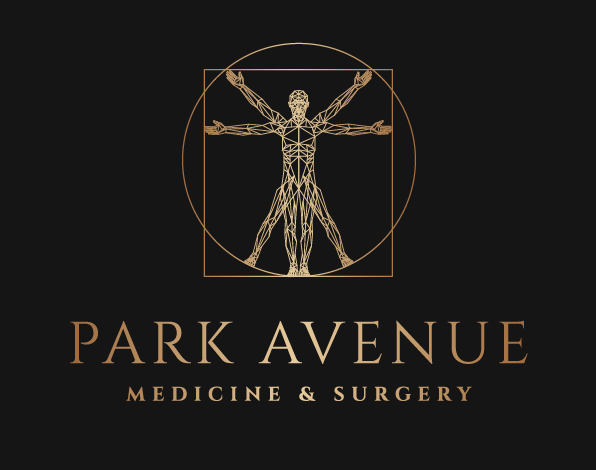Remote Patient Monitoring
The recent advances in medical care have been incorporating various means to improve the efficiency and quality of health care. At the same time, the goal has also been to make it more accessible. Remote patient monitoring serves this purpose by allowing the individuals to maintain their independence and be assured that their condition is getting monitored as well. As more and more adults are living with chronic health conditions, there is a growing need for health monitoring in a remote setting.
Remote patient monitoring refers to a wide variety of technologies designed to manage and monitor a range of health conditions. Telecommunications and informatics are the key to deliver the Remote Patient Monitoring (RPM). It is a viable option for your health care provider to monitor health conditions remotely through devices that utilize cell phone frequencies to communicate to a central computer system. Depending on the disease and the parameters that are monitored, different combinations of sensors, storage, and applications may be used.
A few examples of medical conditions where RPM is integrated into medical care are conditions like high blood pressure, heart failure, diabetes, and dementia. Incorporated devices can vary accordingly and can be Blood Pressure Cuff, Blood Glucose Monitor, Continuous Heart Rate monitor, Digital Weight Scale, Emergency Watch, Location Tracking and others. The health data collected is delivered online.
Recent evidence shows that when RPM is used for daily management of Diabetes, it is as effective as the regular clinic visits taken by patients. The real-time delivery of blood glucose and blood pressure readings enables immediate alerts for patient and healthcare providers to intervene when needed. The continuous surveillance improves the safety for patients who are at risk of falling. The devices can detect the fall and provide early alerts. The capability of tracking systems like GPS, enable the healthcare providers to find and locate the wandering adults who may be having dementia. Home monitoring for heart failure patients has shown that RPM improves quality of life, decreases hospital readmissions and decreases mortality.
The current pandemic of COVID-19 virus has hastened the need of RPM. Some of the unique challenges posed in health care delivery because of COVID-19 virus transmission risk can be addressed by the use of RPM technologies. It enables ongoing monitoring of patients outside of the traditional clinical setting, which means providers will not become disconnected, especially from high-risk populations. The need for non-essential in-person visits are no longer needed, thus decreasing the chances of patient and provider exposure to COVID-19. Early detection of COVID-19 in pre-symptomatic individuals improves the overall management. More and more health care systems in the US are adopting the RPM. Its use is also expanding to include conditions like cancer, palliative care and post-traumatic stress disorder.
Patients with Medicare and who have chronic conditions are eligible for Remote Patient Monitoring. After appropriate consent, devices are delivered. Before the start of service, individuals and the caregivers in need of RPM are given education about the device and service. At any time, a patient can choose to opt out of the service.
In summary, Remote Patient Monitoring technologies are poised to make an impact in several aspects of health and well-being, notably reducing avoidable costs of healthcare (such as those for hospital readmissions) on a large scale, and helping older adults and their caregivers to manage chronic diseases, while contributing to higher levels of patient safety. Further information about the availability RPM services can be assessed from the local health care providers.
References:
http://www.cdc.gov/chronicdisease/resources/publications/AAG/aging.html
https://www.phi.org/thought-leadership/position-paper-technologies-for-remote-patient-monitoring-for-older-adults.
https://www.beckershospitalreview.com/healthcare-information-technology/how-covid-19-revealed-the-strong-need-for-remote-patient-monitoring.html
https://journals.sagepub.com/doi/10.1258/135763306777889109
https://www.healthaffairs.org/doi/10.1377/hlthaff.28.1.126



